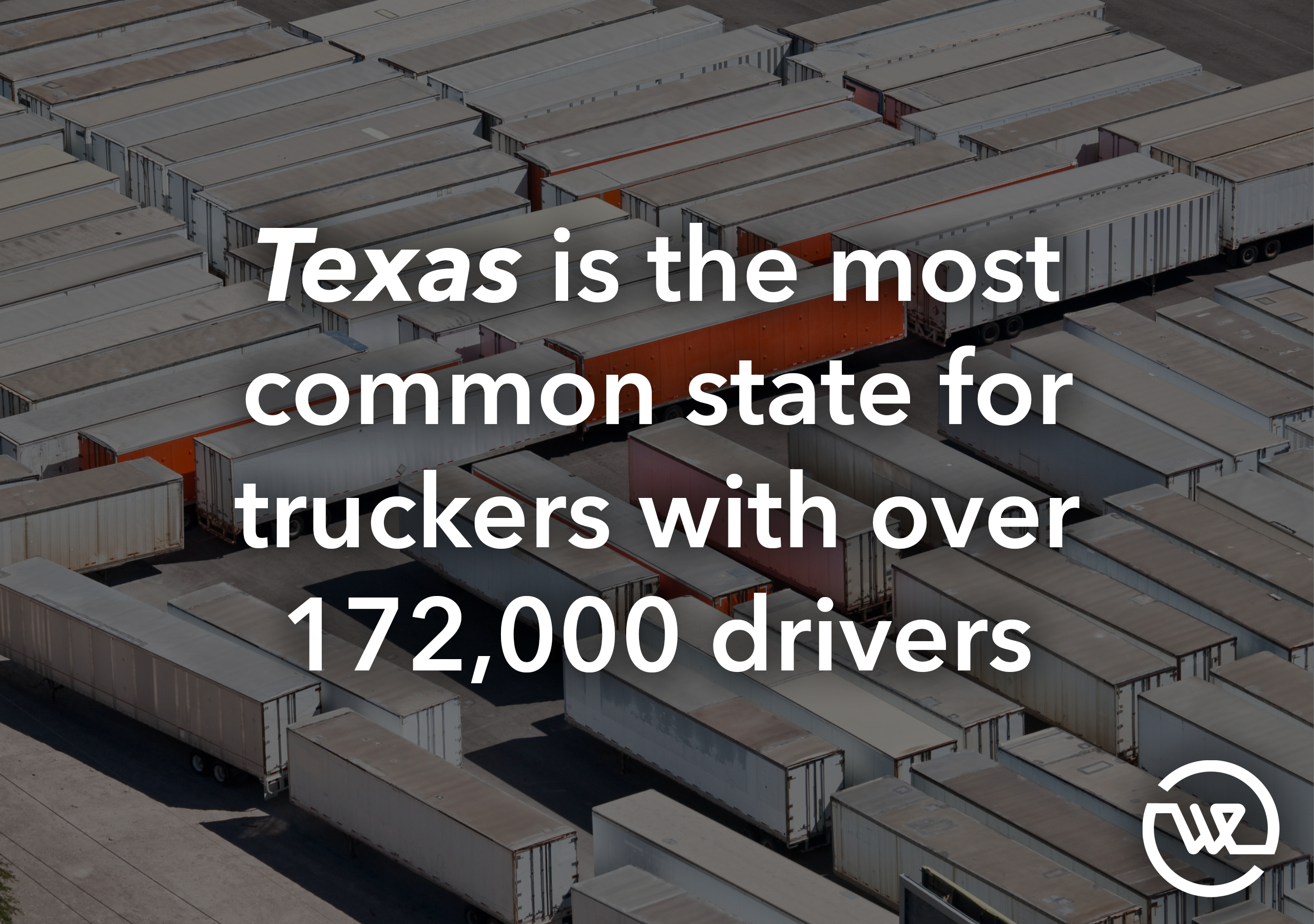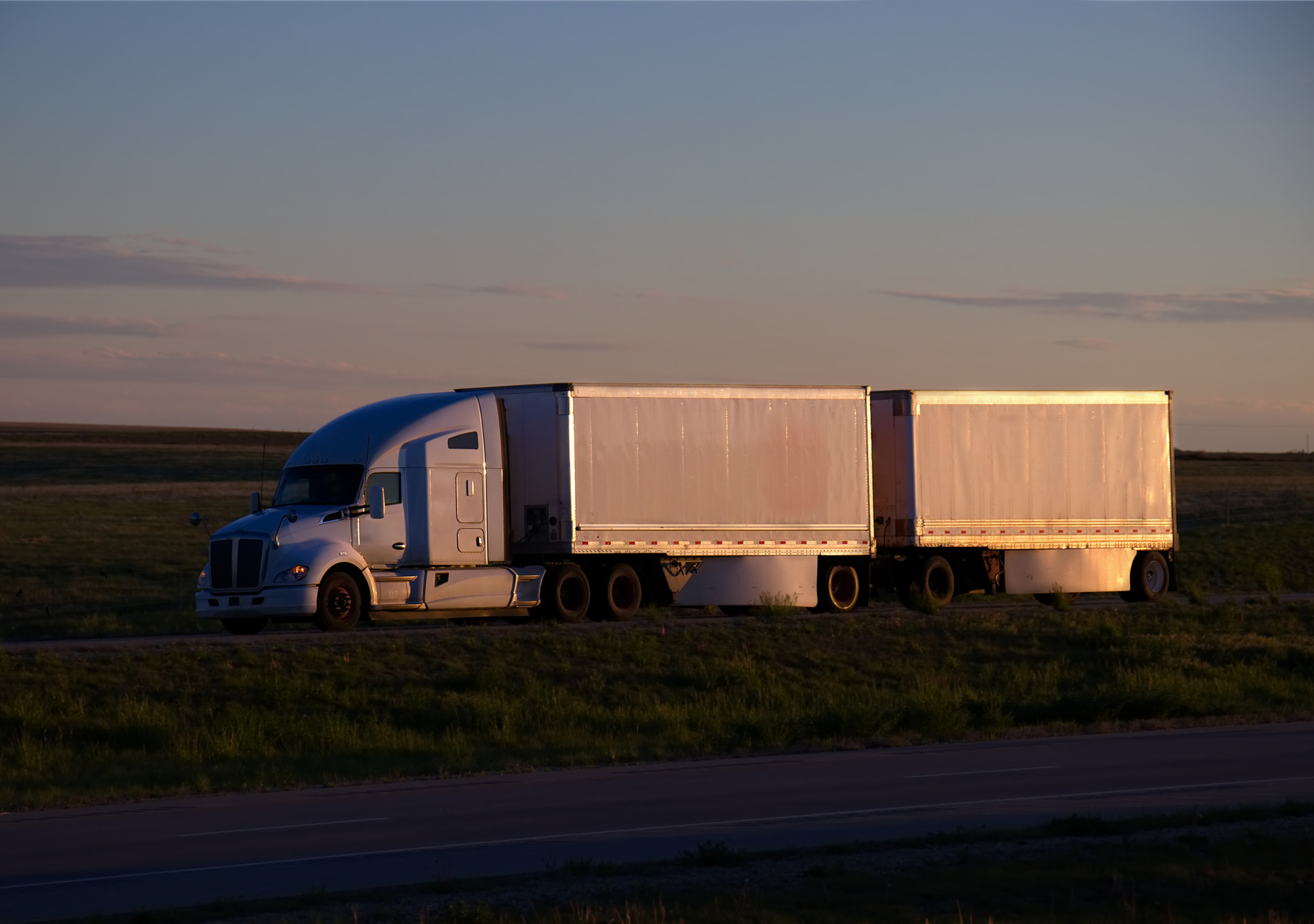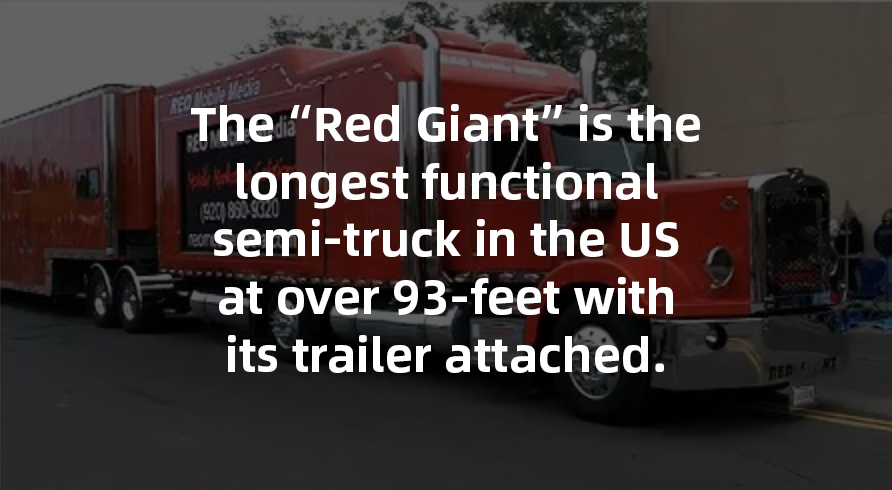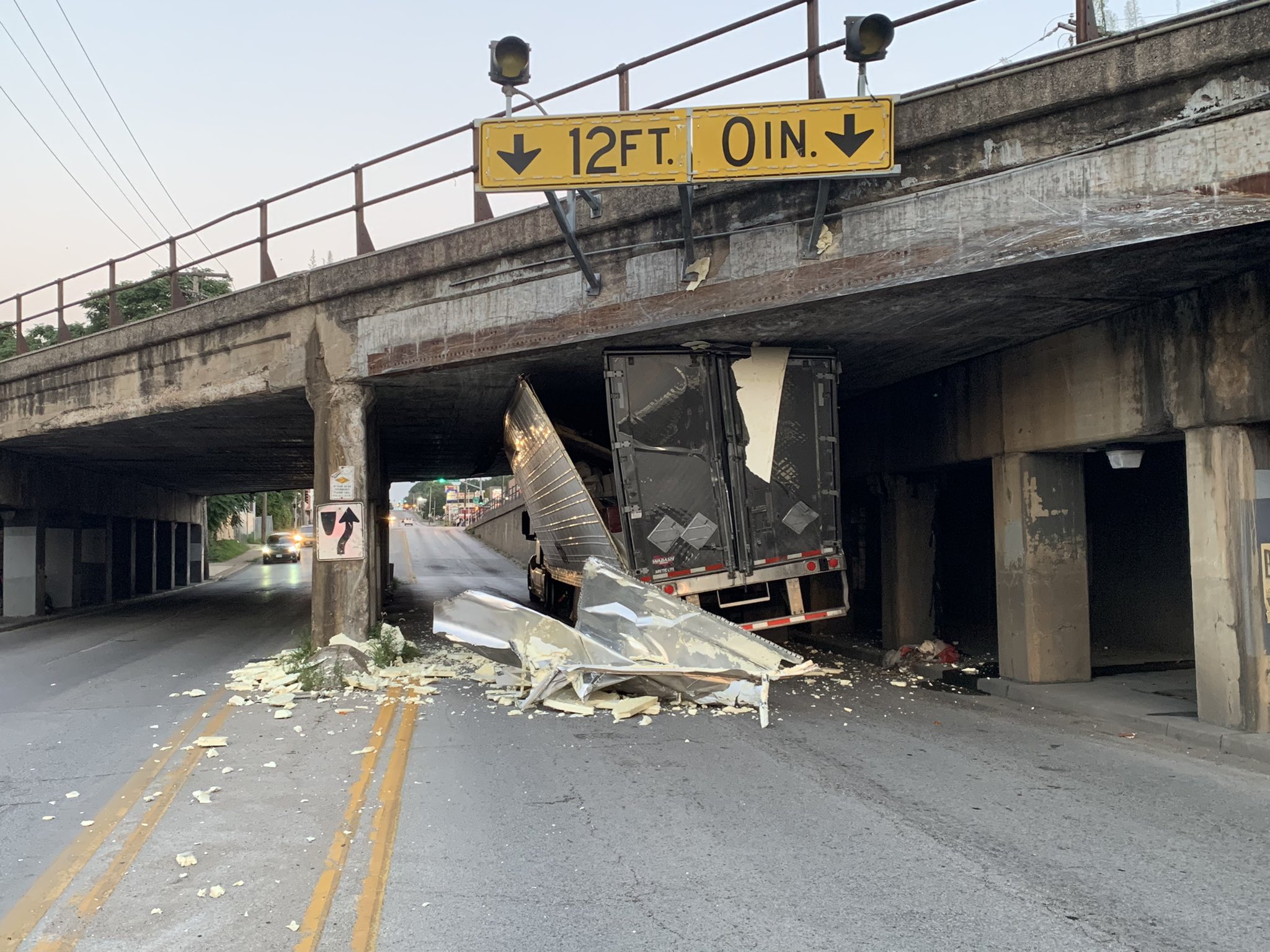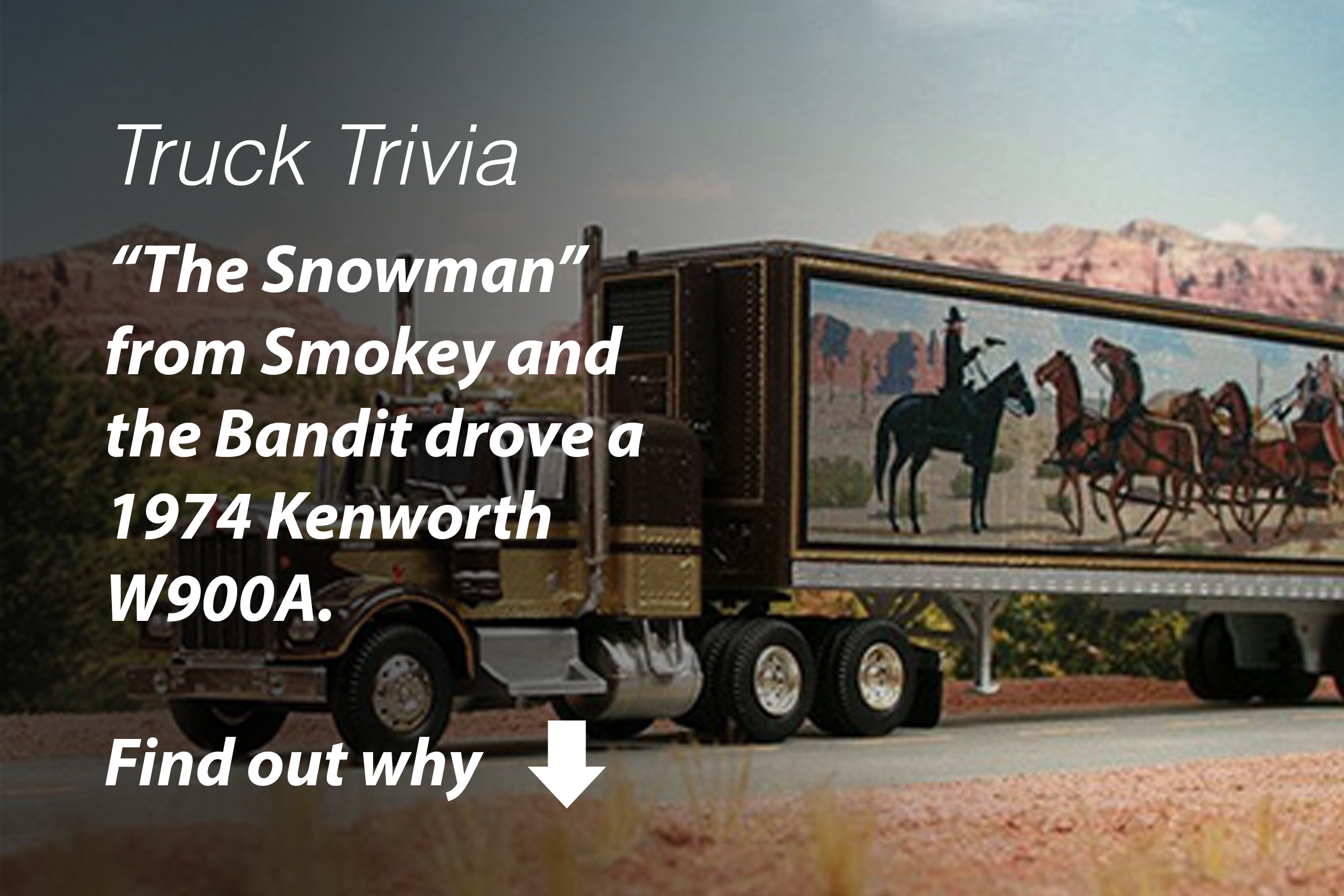The trucking industry is one of the largest industries in the United States. To take it even a step further, logistics is something that will always be necessary — even if technological changes take place, items need to get from point A to point B.
As a result, some of the numbers that you see in reference to the trucking industry are truly appalling. Today, I’m going to give you five interesting numbers about the trucking industry.
5 mind-boggling numbers in the trucking industry
1. The trucking industry brought in $875.5 billion in total revenue in 2021
Yes, you’re reading that correctly. The highest-earning logistics company in the world is UPS, which has an annual revenue of roughly $24 billion. Total revenue in the industry continues to grow.
2. The most common state for truckers is Texas, where there are around 172,000 drivers
There are almost exactly one million truck drivers in the US as of the most recent census. The most common state is Texas, where there are just over 172,000 drivers in an industry that is looking to grow. 15 of every 1,000 jobs in the Lone Star State is a trucking job. Other common states for truck drivers include California, Florida, and surprisingly, Pennsylvania.
3. US truckers moved over 10 billion tons of freight in 2021
So if there are one million truckers in the United States that work year-round, there must be a lot of freight. . . right? If you’re thinking that, you’d be right — in fact, over 10 billion tons of freight is shipped each year in this country, which is especially impressive considering the DOT’s gross weight limit is 80,000 pounds.
4. The trucking industry moved 71.6% of all goods in the US last year
According to CFS, that 10 billion-pound total of freight has a dollar value attached to it. That value is $10.4 trillion dollars. . . that’s right. Trillion. This accounts for 71.6% of all goods in the country.
5. 97.4% of trucking companies have fewer than 20 trucks
Even though the trucking industry is huge, the companies with it in aren’t necessarily giant corporations. In fact, an extremely high percentage of logistics companies are very small, with 97.4% of these companies having fewer than 20 trucks. Take an even closer look and you’ll see that around 91% have fewer than seven trucks.

